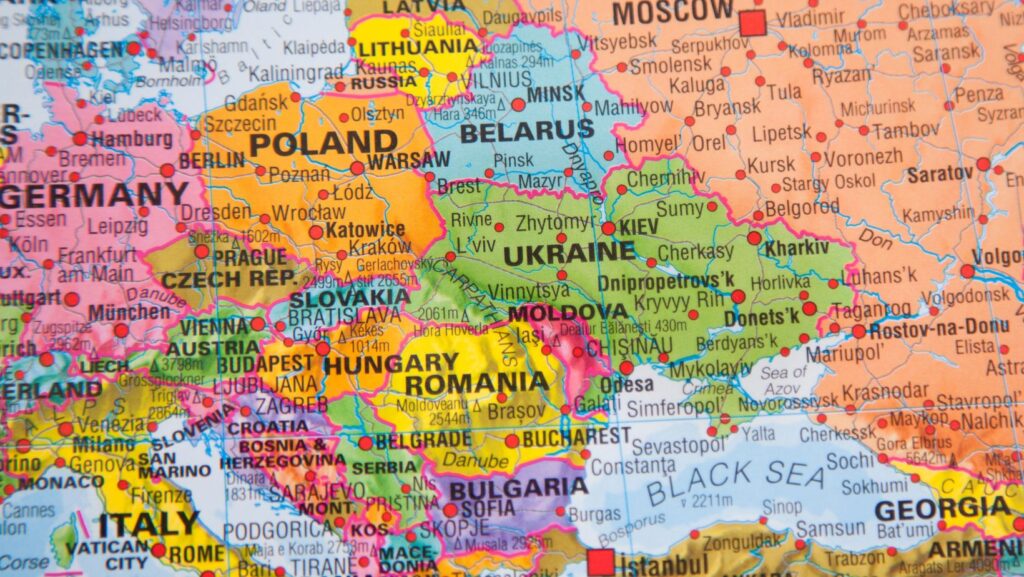
When we think of European colonization, we often picture the vast territories of Africa or the Americas. However, it’s important to recognize European countries’ impact on the Pacific islands. These seemingly remote and idyllic islands were not immune to the reach of colonial powers.
Economic Exploitation of Pacific Island Colonies
European countries saw the Pacific islands as valuable resources to be exploited for economic gain. These colonies provided them with access to valuable raw materials and resources and new markets for their manufactured goods.
Key points:
– Valuable resources: European powers used their Pacific island colonies to extract valuable resources such as timber, minerals, and agricultural products. These resources were sent back to Europe to fuel industrial growth and economic prosperity.
– Plantation economies: Many European countries, such as Britain and France, established large-scale plantations in the Pacific islands. These plantations relied on local labor and produced crops such as sugar, coffee, and rubber for export.
– Labor exploitation: The European powers exploited the labor of the indigenous people in the Pacific islands. They forced them to work on plantations and in mining, often under harsh and inhumane conditions.
– Trade domination: European countries established trade monopolies in their Pacific island colonies, ensuring exclusive access to the region’s resources and markets. This allowed them to control the flow of goods and maximize their profits.
The economic exploitation of Pacific island colonies by European powers had far-reaching consequences. It led to the depletion of natural resources, disruption of traditional economies, and the introduction of cash-crop agriculture, which changed the social fabric of the islands. European countries gained immense wealth and power from their colonies, while the indigenous populations suffered from losing their lands, cultural practices, and economic autonomy.
The economic legacy of European colonization can still be seen in the Pacific islands today. Many countries rely heavily on foreign aid and need help with economic development. European powers’ exploitation of their resources and labor has left a lasting impact on their economies, perpetuating a cycle of dependency and inequality.

How Did European Countries Use Their Pacific Island Colonies?
European colonialism in the Pacific Islands left a lasting impact, shaping the region’s history and culture. The legacy of these colonial endeavors continues to be felt today. Below are some key points highlighting the effects of European colonization in the Pacific Islands:
1. Cultural Transformation:
– European influence brought about significant cultural changes in the Pacific Islands. The introduction of Christianity, Western education, and new technologies altered traditional societies.
– Indigenous languages and customs were at times suppressed, leading to a blending of European and Pacific Island cultures.
2. Land Dispossession:
– European powers acquired land in the Pacific Islands through treaties, purchases, or force. This led to the displacement of indigenous populations from their ancestral lands.
– European settlers established plantations, mines, and commercial enterprises, which had long-term effects on land ownership and resource management.
3. Economic Exploitation:
– European colonial powers exploited the Pacific Islands for their natural resources, including timber, minerals, and agricultural products.
– The colonial economic model was often extractive, benefiting the colonizers at the expense of the local populations.
4. Political Changes:
– European colonial rule resulted in establishing colonial governments, often with European administrators at the helm.
– Indigenous political systems were either transformed or suppressed, leading to a loss of self-governance for many Pacific Island communities.
5. Health and Demographic Impact:
– European contact also had significant health implications for the Pacific Island populations. Introducing diseases such as measles, influenza, and tuberculosis caused devastating epidemics.
– The population decline due to diseases and other factors disrupted traditional socio-cultural practices and had long-term demographic effects.
6. Resilience and Cultural Revitalization:
– Despite the challenges and impacts of colonization, Pacific Island communities have demonstrated resilience and a commitment to preserving their cultural heritage.
– Efforts to revive indigenous languages, arts, and traditions are gaining momentum, ensuring the survival and celebration of Pacific Island cultures.
The legacy of European colonialism in the Pacific Islands is complex. While it brought about significant changes, it is important to recognize the resilience of Pacific Island communities in reclaiming and revitalizing their cultural identity. The ongoing effects of colonization continue to shape the region’s development and require continued dialogue and understanding.












